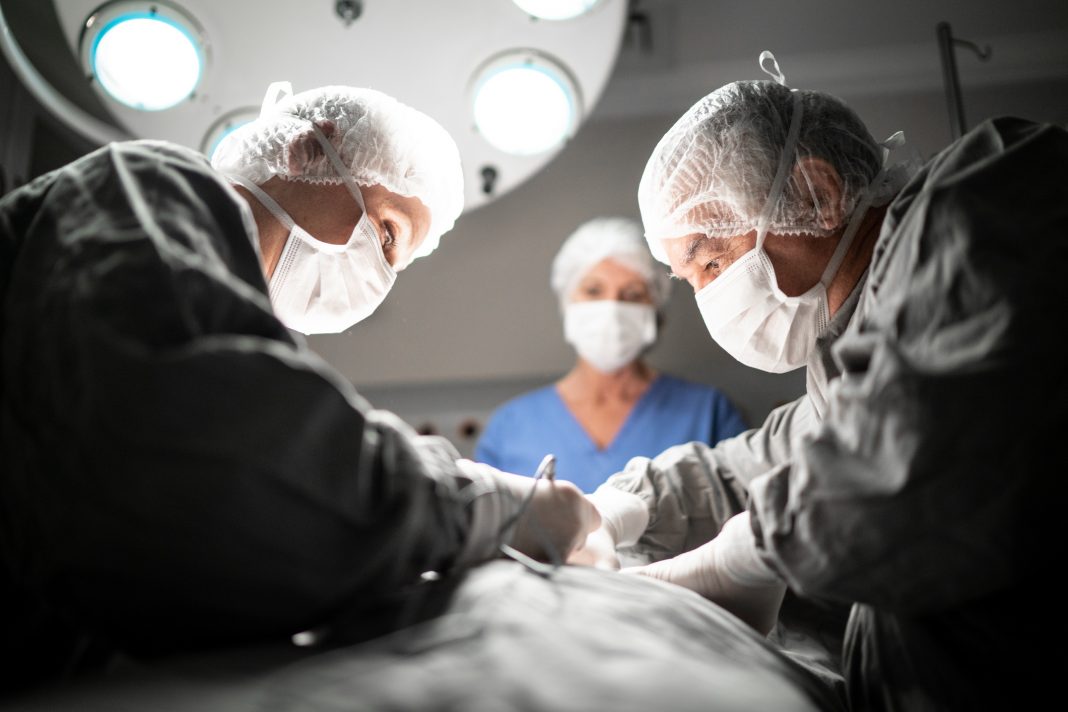Personalised medicine has become essential in practically every field of healthcare, but tailored medicine is extremely vital when it comes to organ transplantation
There is no ‘one size fits all’ when it comes to matching an organ donor with a potential recipient. Yes, we have guidelines and checklists and criteria to fulfil, but as healthcare professionals, we know that successful organ transplantation requires careful and personalised considerations before, during and after surgery.
Recent advances in immunology and genetics have greatly improved rejection rates. Analysis of an individual’s genetic makeup can help to identify specific genetic variations that may affect their personal response to medication or disease. Immunosuppressive drugs have higher specificity, significantly improving safety and effectiveness.
Even though these advances have increased the level of complexity in organ matching, by considering genetic variations and optimising post-transplant care, healthcare professionals can improve the chances of a successful transplant and reduce the risk of rejection.
Personalisation in organ transplantation is now more important than ever
Every patient is unique, and their needs and circumstances must be considered when matching them with a donor organ. This is particularly true in kidney transplantation, where factors such as blood type and tissue type are critical to a successful outcome. Although the short-term success of kidney allografts has markedly improved over the years, improvements in graft survival have slowed, and good short-term outcomes do not always translate into good long-term survival.
There is still work to be done, and we continue to face new challenges – notably, an ever-increasing demand coupled with a steadily decreasing quality of donor kidneys. People are living longer, and in the past 20 years, the demand for organs has risen faster than the supply. To mitigate this discrepancy, we have started to utilise ‘marginal’ donor kidneys, such as kidneys from older donors or those with hypertension or donations after circulatory death (DCD). The transplant community must now focus on strategies aimed at continuing to improve kidney transplant outcomes despite these lower-quality organs.
Improving transplant outcomes despite lower-quality organs
One step towards addressing the increase in lower-quality donor organs is to optimise and homogenise the organ allocation system. Currently, variations exist between countries in the criteria used for deceased donor kidney allocation, and the stratification of patients and allografts according to immunological risk is not standardised. It is now more important than ever that we translate the vast knowledge we have gained over the past few decades into practice and policy.
A personalised and patient-centric approach to transplant care is at the heart of this year’s European Society for Organ Transplantation (ESOT) Congress. Within the Scientific Programme Committee, we have been working hard to curate a unique programme to engage and educate healthcare professionals at every stage of their careers. I am excited to join my colleagues in Athens to hear about the latest science and explore how innovation, technology and a focus on value-based decision-making can help us move into a new chapter in organ transplantation.
Maarten Naesens is the Clinical Director of the Nephrology and Renal Transplantation Unit of the University Hospitals Leuven. He is co-directing the kidney transplant programme, with a focus on renal allograft histology, antibody-mediated rejection, human leukocyte antigen (HLA) sensitisation, living donation and ABO-incompatible transplantation.








